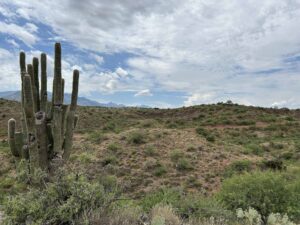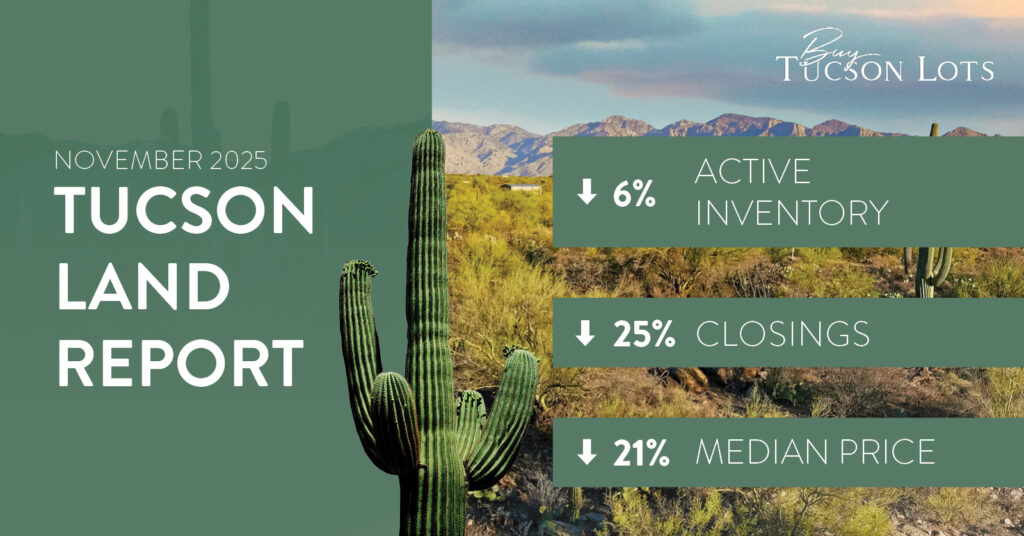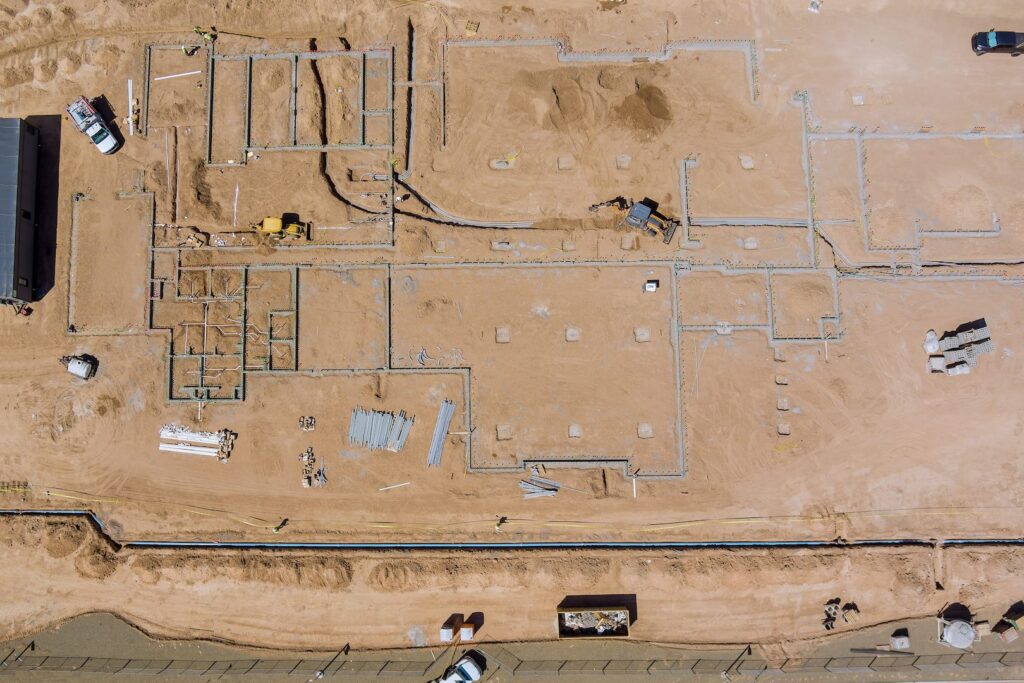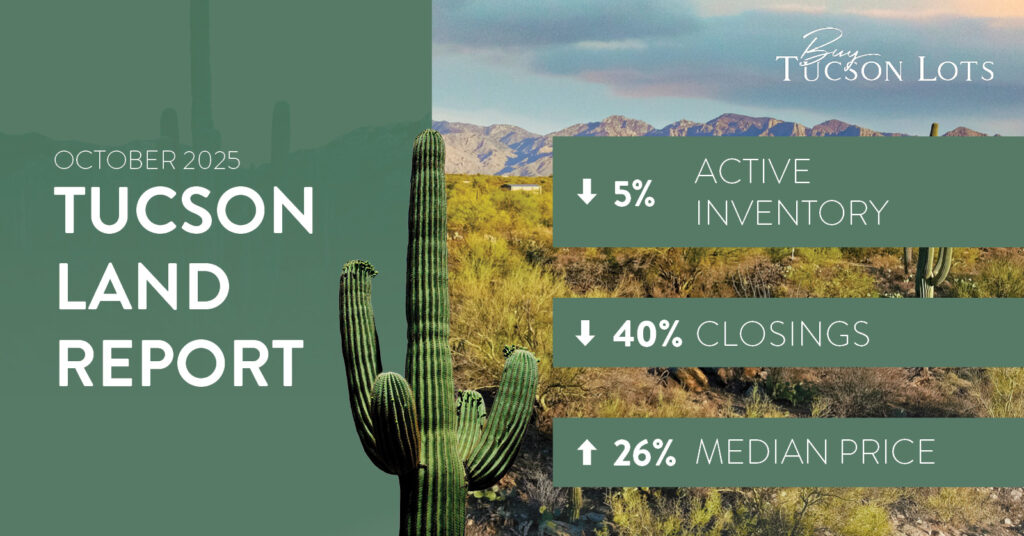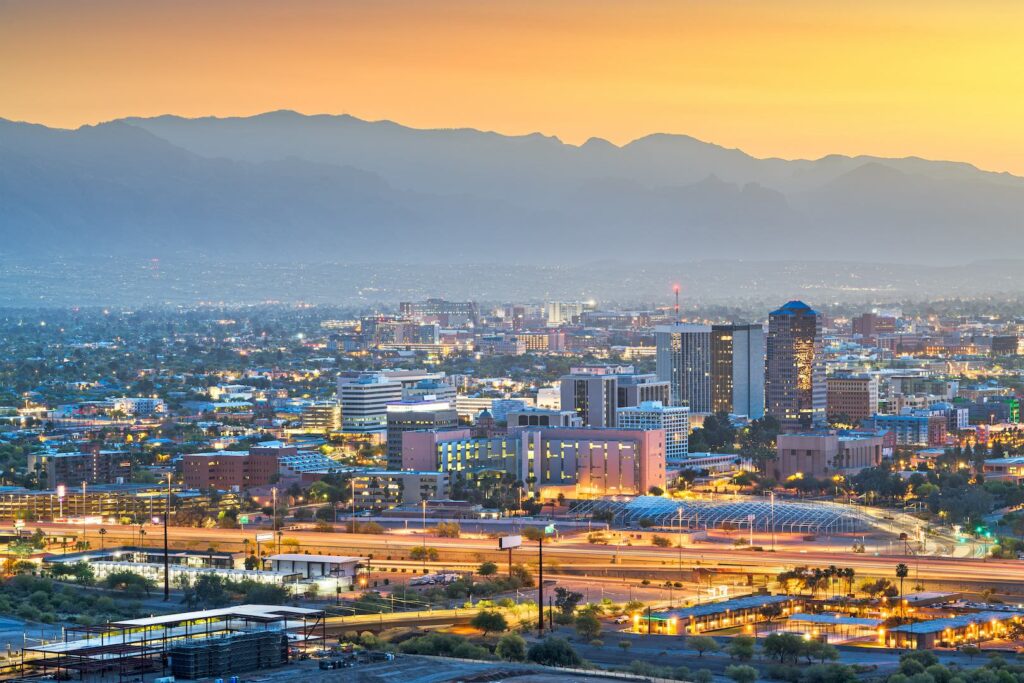For nature lovers and outdoor enthusiasts, owning land adjacent to national forests can be a dream come true. The allure of having direct access to pristine wilderness, abundant wildlife, and endless recreational opportunities is undeniable. However, like any investment, there are advantages and disadvantages to consider before purchasing land adjacent to national forests.
Pros of Buying Land Adjacent to a National Forest
1. Privacy and Inclusion
There’s a very, very limited supply of land next to national forests, and Buy Tucson Lots gets calls all the time from clients that specifically want to be by the national forest because they typically know that this property has the greatest amount of privacy. Most clients know they’ll never have neighbors, at least on one side of the property, or sometimes on more than one side if a national forest surrounds the property.
2. Natural Beauty and Scenic Views
It’s rare that the kind of zoning and land use for national forests can ever be changed. Typically, you have different protections for state land than for national forests. Forest land is very well preserved and protected from future development. So not only is it private, but in Tucson, it also has some of the prettiest views because the desert there has been undisturbed. Often, when looking at property in Tucson, it’s typically old growth vegetation along with saguaros— but land adjacent to a national forest usually offers the most pristine property that will surround your home if you decide to build on the land.
3. Recreational Opportunities
There’s also the wonderful advantage of using your land as a recreational extension of your property. You can very often hike, walk, horseback ride, or mountain bike right from the back of your property into thousands of acres of beautiful land. And in many cases, there are little trails that have been barely developed but have evolved over time from people using the national forest lands. These recreational opportunities offer exceptional qualities for a private homeowner.
4. Potential Investment Value
Investing in land adjacent to national forests can be financially rewarding. Over time, the demand for such properties tends to increase, especially if the area is known for its natural beauty and recreational opportunities. If you decide to sell the land in the future, you can make a profit, particularly if you have taken care of the property and its natural resources.
Cons of Buying Land Adjacent to a National Forest
1. Limited Development Opportunities
There are limited development opportunities because of the common restrictions and restraints of owning land next to a national forest. The most important restriction is a set of rules called the Buffer Overlay Zone, which applies to properties within a mile of the national forest that are 25 acres or larger.
This restriction doesn’t apply to small parcels but to medium- to large-sized parcels and helps preserve and protect the open space characteristics of lands in the vicinity of public preserve property. It also provides adequate wildlife habitat, corridors, and an aesthetic visual appearance to Pima County’s public preserves. One rule the buffer overlay zone sets is a large list of vegetation and plants that can and cannot be planted.
How Would You Know if You’re Living in a Buffer Overlay Zone?
When you buy property, first of all, your realtor should inform you of the potential rules and restrictions. You can also call Pima County Development Services at (520) 724-6490 and ask them what restrictions there are on your property. And if you buy a parcel of 25 acres or larger within a mile from federal land, staff at Pima County will know this and will point it out right away.
2. Public Access
Sometimes there are hiking trails, walking trails, and easements for horses that go through the national forest. Unknown to a homeowner, these trails could be very close to their property, and all of a sudden, they could be seeing recreational users walking in their backyard.
Similarly, during hunting season, people often drive to the end of a road, wanting to get into a national forest and hunt there. Additionally, sometimes hunters cross people’s private lands and walk back into the mountains without knowing they’re crossing private property.
3. Setback Requirements
There can also be setback requirements that no structure, parking lot, private driveway, or road be placed within 150 feet of a public preserve or national forest. Utility setbacks or utility requirements may require that all utility lines be placed underground, meaning no overhead lines can exist on a property. The location of utility lines must be in a planned joint trench, where possible. Additionally, all of the plants that you use on your property must be native plants.
Owning land adjacent to national forests can be a dream for those seeking a connection to nature and the beauty of the great outdoors. The advantages of proximity to recreational opportunities, privacy, and investment potential can be highly appealing. However, it is essential to weigh these benefits against the limitations on development, setback requirements, and potential restrictions imposed by government agencies.
Careful consideration of the pros and cons will help potential buyers make an informed decision and ensure that their land purchase aligns with their long-term goals and aspirations. If you are currently in the market to purchase your ideal parcel near a national forest in Tucson, contact me by phone at 520.918.5477 or by email at rick@buytucsonlots.com, and I’ll help you with any questions, rules, and regulations you need to know for buying land in these beautiful areas!



